
Long-tailed Macaques
The crab-eating macaque (Macaca fascicularis), also known as the long-tailed macaque and referred to as the cynomolgus monkey in laboratories, is a cercopithecine primate native to Southeast Asia. A species of macaque, the crab-eating macaque has a long history alongside humans. The species has been alternately seen as an agricultural pest, a sacred animal, and, more recently, the subject of medical experiments.
The crab-eating macaque lives in matrilineal social groups of up to eight individuals dominated by females. Male members leave the group when they reach puberty. It is an opportunistic omnivore and has been documented using tools to obtain food in Thailand and Myanmar. The crab-eating macaque is a known invasive species and a threat to biodiversity in several locations, including Hong Kong and western New Guinea. The significant overlap in macaque and human living space has resulted in greater habitat loss, synanthropic living, and inter- and intraspecies conflicts over resources.









































Koh Lanta population, Krabi Province, Southern Thailand




























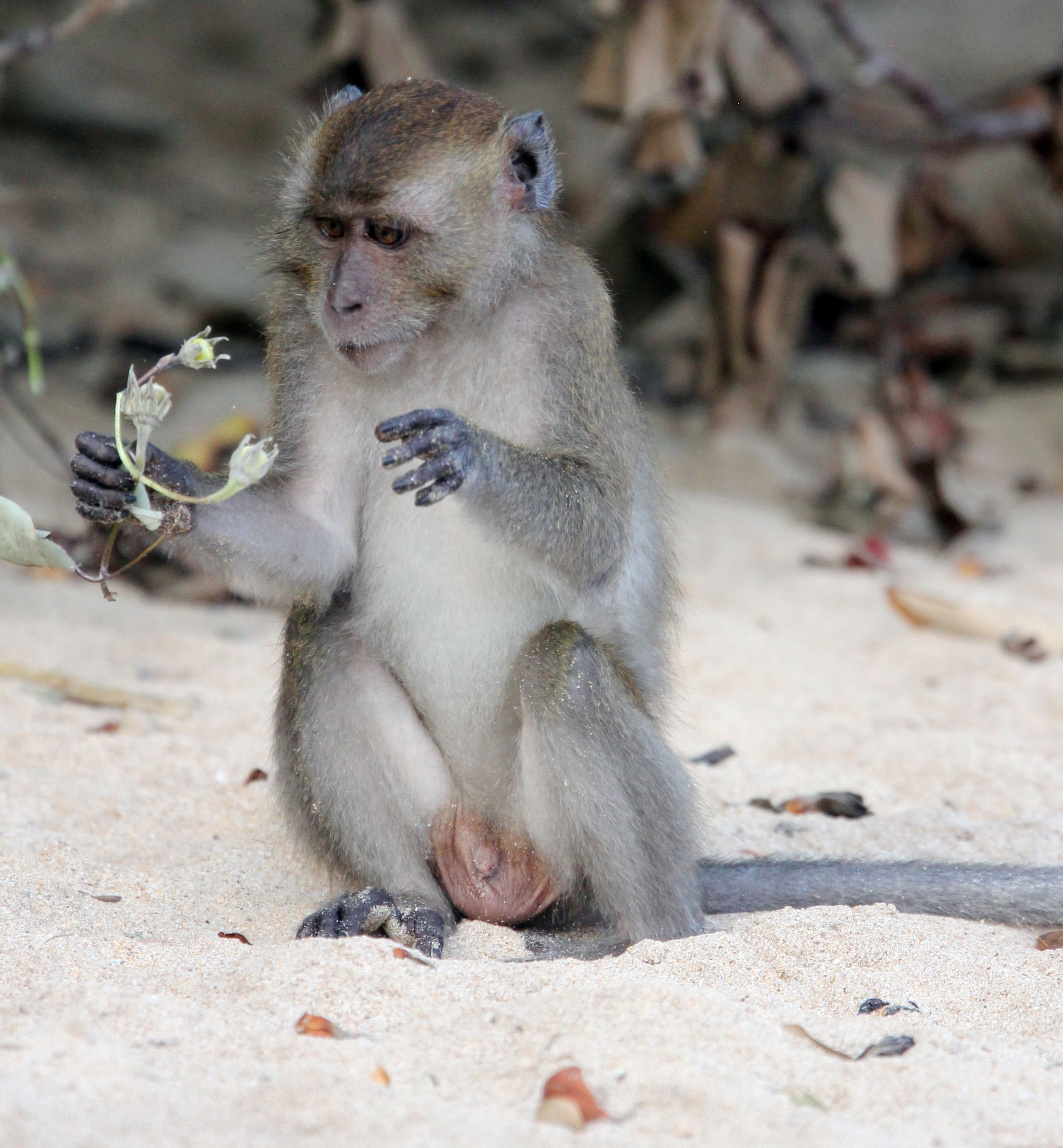
















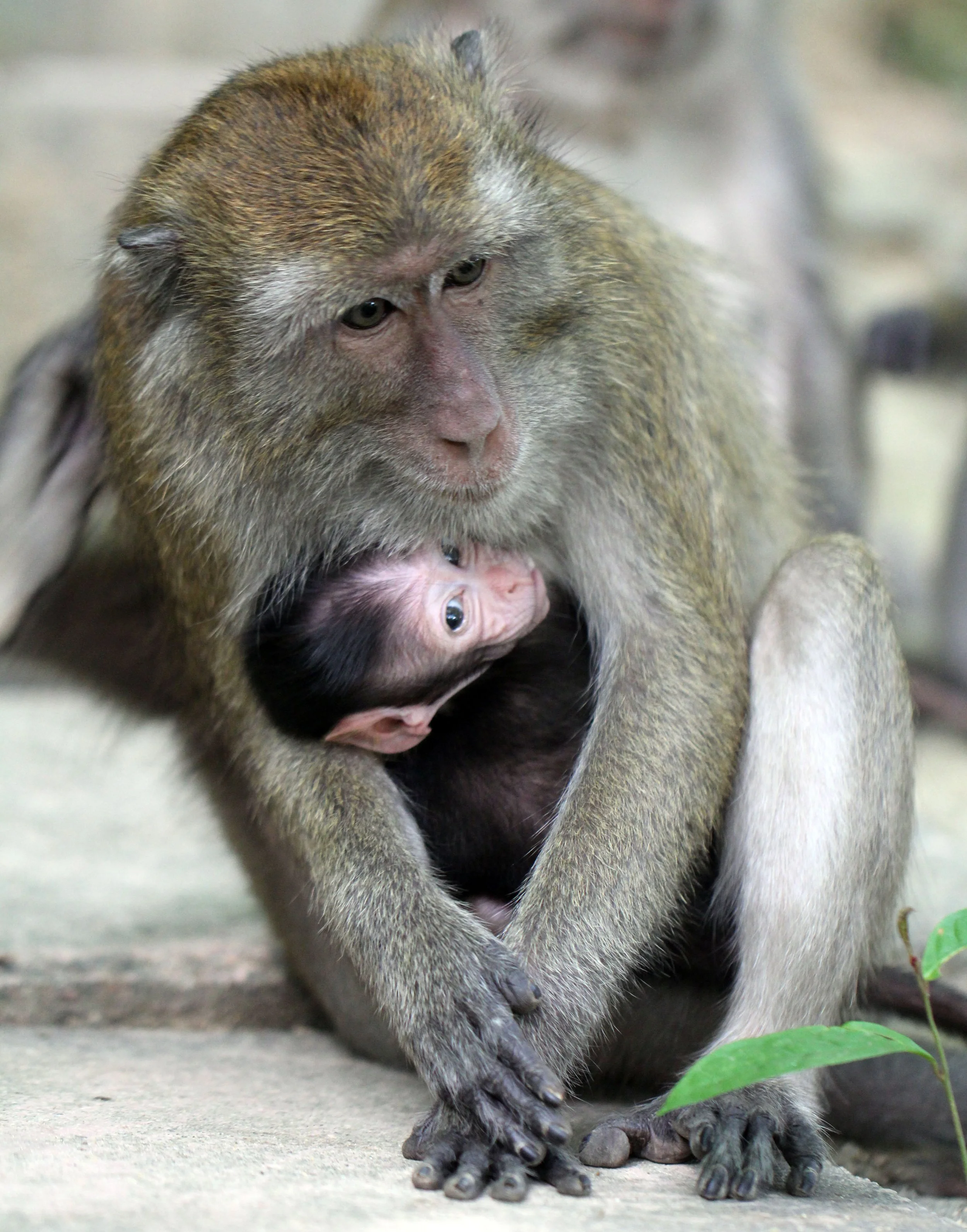









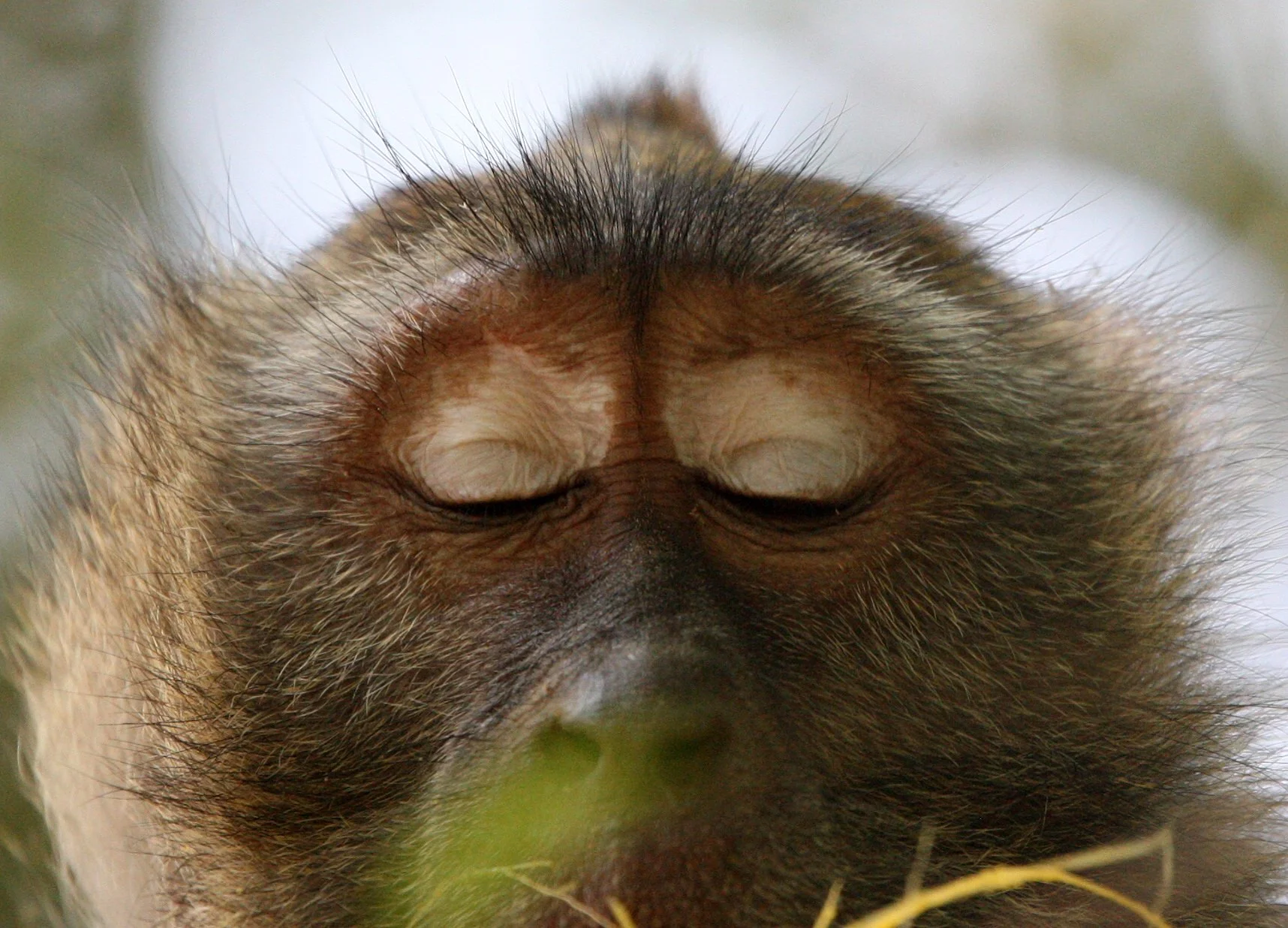



Eastern Thailand - Sai Kaew Beach, Satthahip, Bang Pakong,





































Khao Sam Roi Yod, Khao Sok & Other Southern Thailand Populations




















































































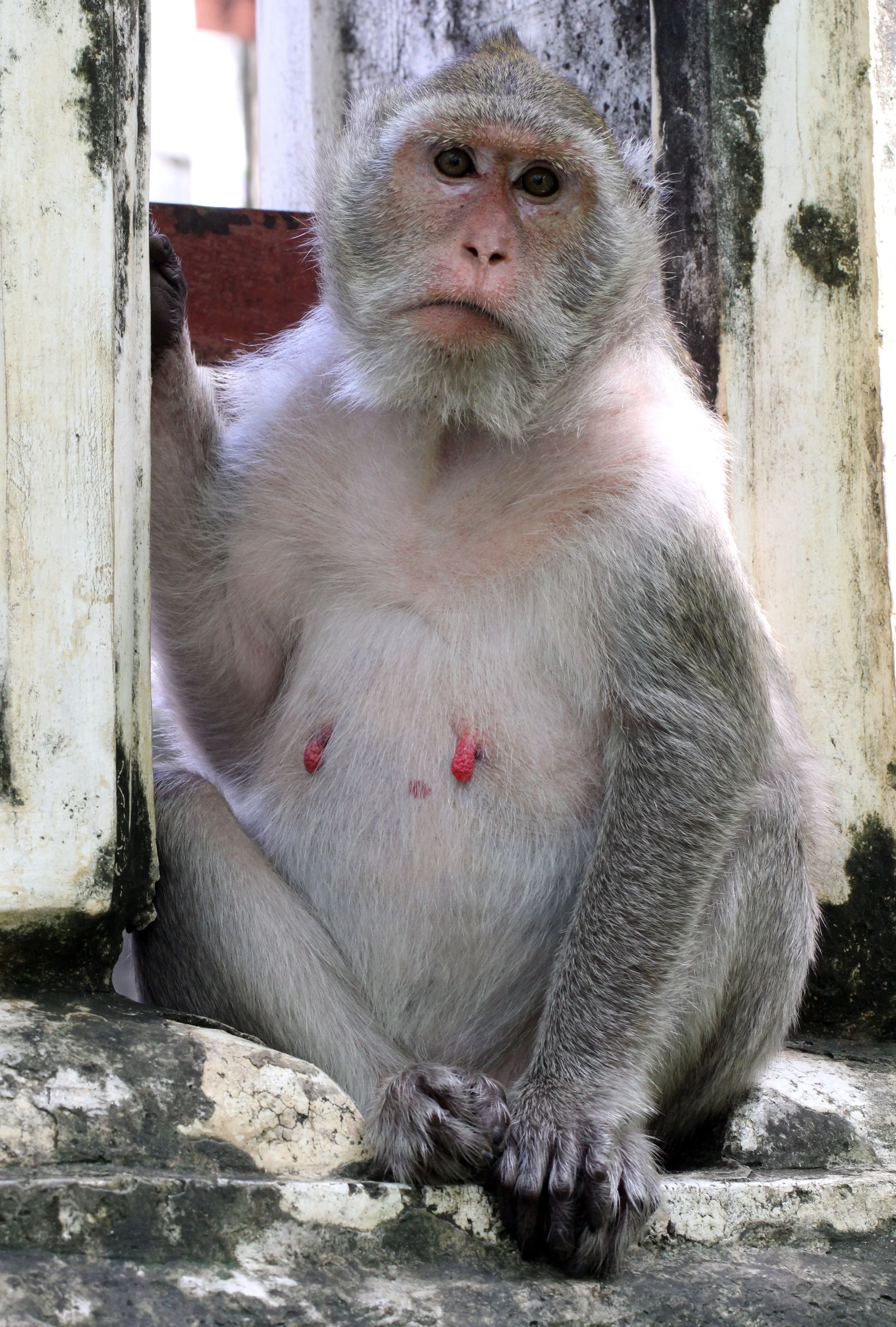













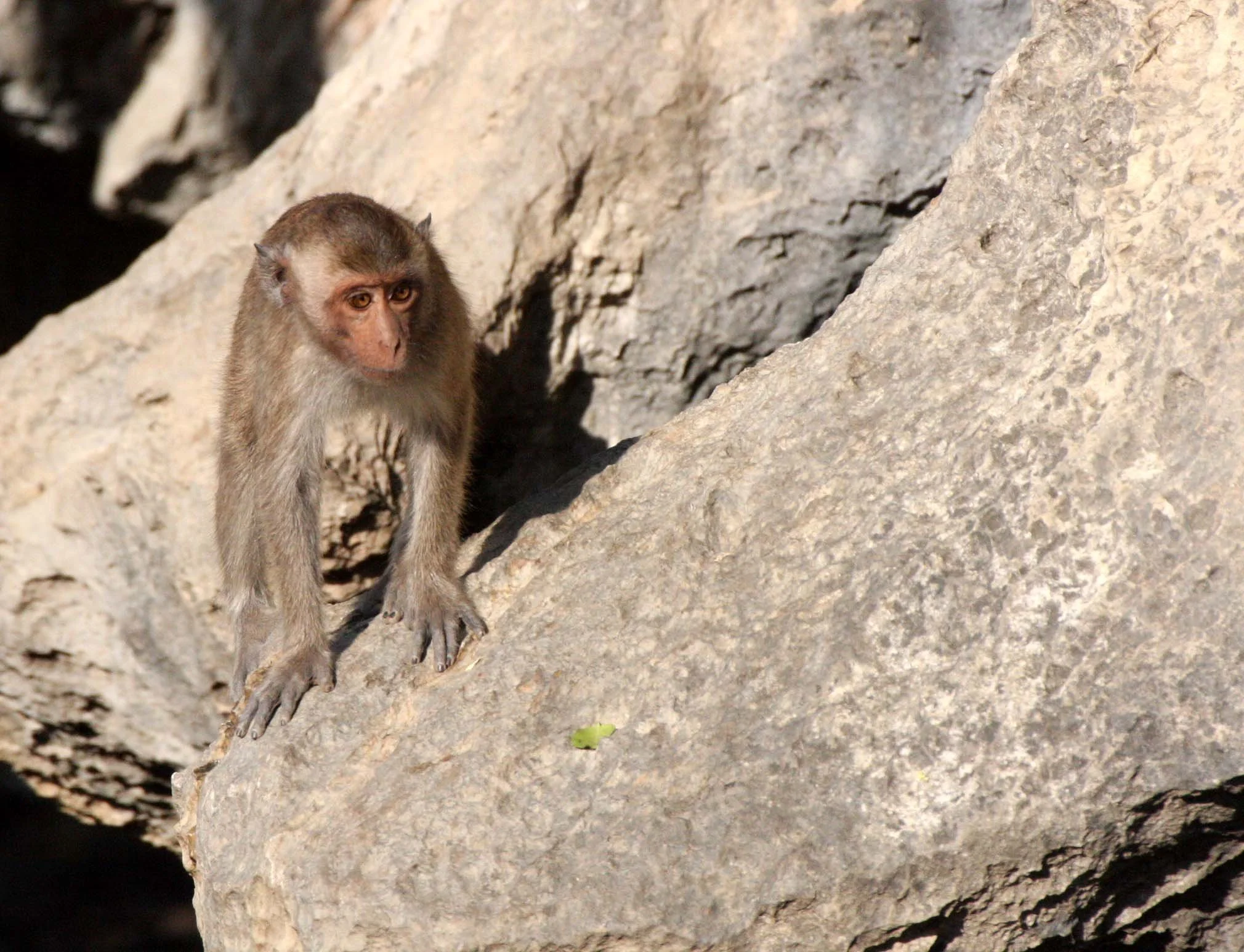












































Karos Island, Ao Luek, Krabi Province Thailand



































































Lopburi Thailand at the Monkey Temple




















Ujung Kulon National Park, Gede National Park and Bali Barat National Park - Indonesia






















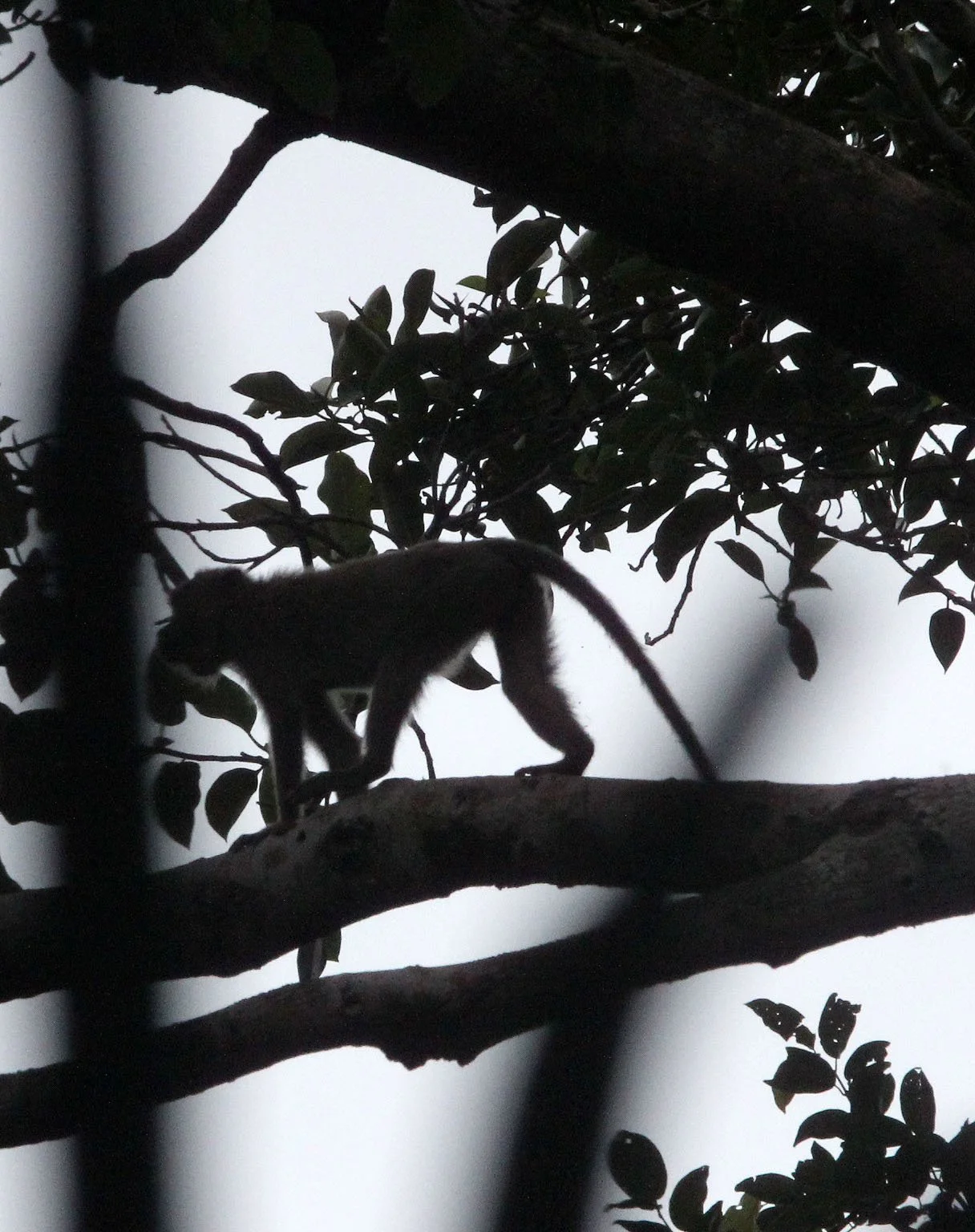


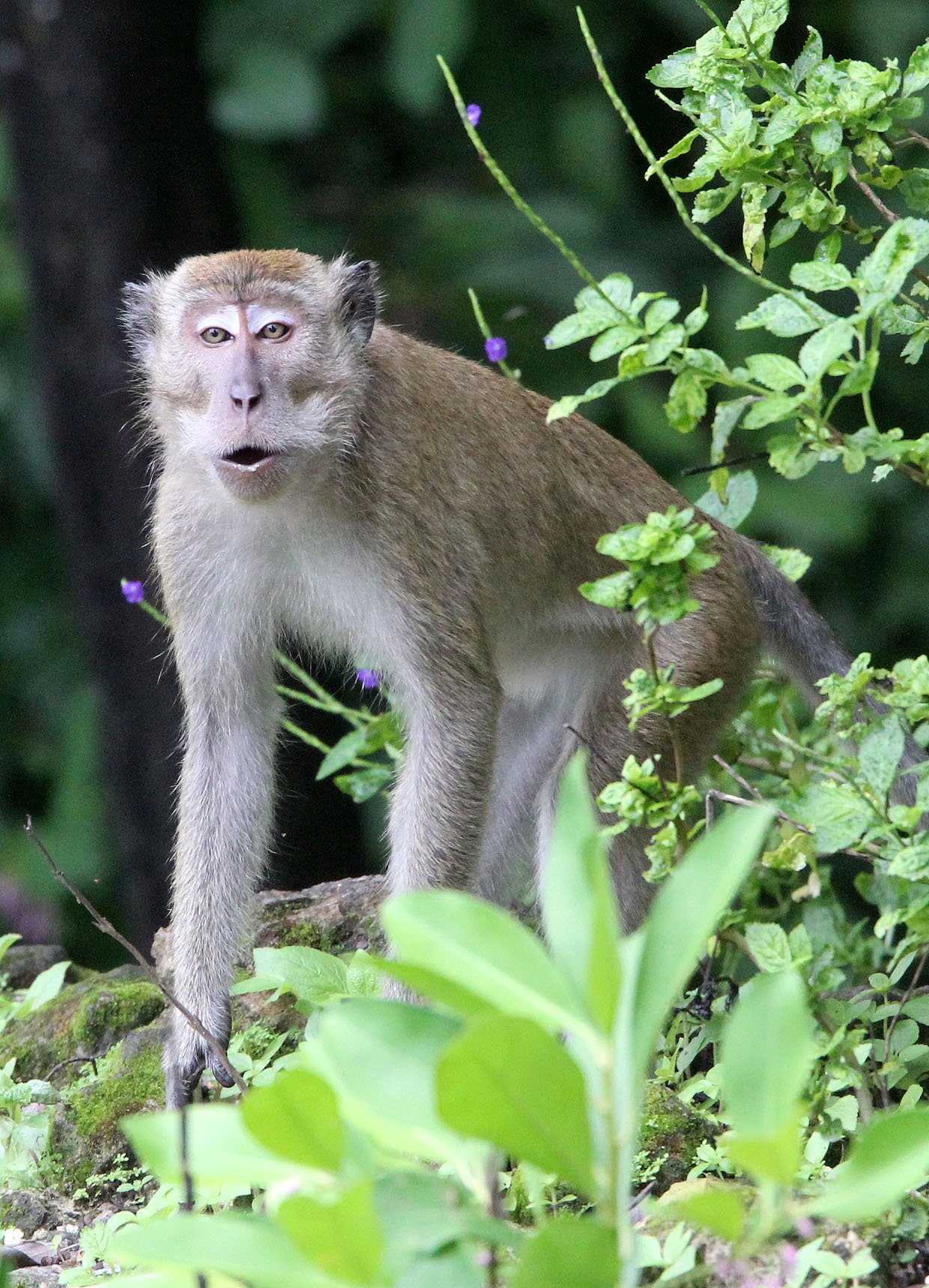


















Sumatran Long-tailed Macaque (Macaca fascicularis fascicularlis) Bukit Lawang Gunung Leuser NP Sumatra Indonesia








































Angkor Wat, Cambodia







